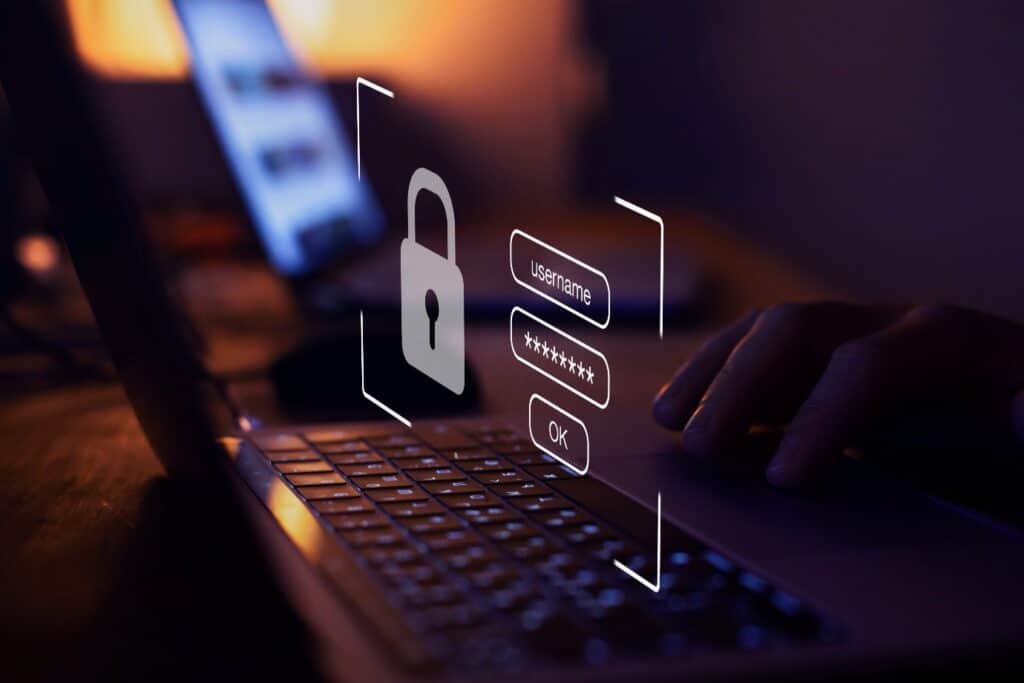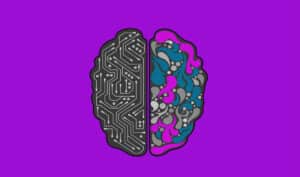The Covid-19 pandemic changed online behavior rapidly, forcing us all to work online; attend school and university online; game online; gamble online; shop online, and even attend the theatre online. Covid’s impact on consumers around the world has dramatically changed both their behavior and their demand. The question is, will these kinds of changes in behavior patterns continue after the pandemic ends or not?
Recent studies indicate that people are making major changes in their leisure, work, and consumer habits.
Consumer Behaviour
Unsurprisingly, with an increase in online presence due to the work-from-home culture developed during Covid, there has been an increase in online criminal behavior. In fact, widespread digital adoption has been a gift of sorts for cybercriminals. For example, the reverberations of the SolarWinds hack coined “the most sophisticated cyberattack of all time”, are still being felt.
The increasing digitalization of our society provides ripe opportunities for phishers, hackers, scammers, and extortionists. Therefore it is vital for people and companies to be cognizant of the ever-increasing methods of attack and to be proactive in the fight against them. As consumers, our biggest concern is our privacy and the safety of our money.
Cybersecurity Trends
The reality is, as a general rule, no one likes to give out their confidential information so willingly, let alone online, where people may be exposing their data to potential cyber-attacks from hackers. But the fact is, it’s become virtually inevitable in this day and age. There are various activities that require us to divulge our protected personal and private information. For instance, if you’re completing an online purchase, providing your credit or debit card details is mandatory and part of the shipping and delivery process. The same can be said for other activities such as gambling at an online casino or even renewing membership at your local gym.
In an ever-changing online security landscape, these are some trends to keep your eyes on:
1. AI-powered Cybersecurity
Artificial intelligence (AI) can fight cybercrime by recognizing behavior patterns that point to the possibility that something irregular might be occurring. AI needs to work in systems that process thousands of transactions or events per second. It is in these complex systems that cybercriminals will operate.
Whilst typically AI was used for fraud detection in financial services, it is now also utilized for other forms of cybersecurity. AI’s predictive abilities make it essential in the counteracting of AI-powered cyberattacks because unfortunately, new threats keep popping up that use similar technology and which can evade the latest protection provided by cybersecurity companies.
2. Education on the Growing Threat of Ransomware
Ransomware is a type of malware that encrypts essential apps and parts on one’s devices. It’s a virus that blocks your access to personal files behind impenetrable cryptography and threatens to destroy them. The attacker then contacts the individual or organization and forces them to pay money, usually in cryptocurrency which cannot be traced in return for unlocking the contents of the device.
Sometimes these cybercriminals threaten to publish the data to the public, which leaves the organization or company open to enormous fines or lawsuits.
Ransomware usually comes through phishing attacks where people working in an organization or company get tricked into clicking links. As a result, malware software is downloaded onto their computer. This can also be achieved through plugged-in USB devices. Notably, some of these attacks have targeted hospitals, gas pipelines, and other critical infrastructures. With the correct education, employees can combat this problem by 80%.
3. The Internet of Things (IoT)
The Internet of Things (IoT) is a term used for personal electronic devices and household appliances that are connected via Bluetooth or the Internet. The more devices that can be accessed remotely via a mobile phone, the greater the number of access points available to cybercriminals looking to gain entrance to secure digital systems. Even remotely controlled household appliances like fridges and kettles can lead to the exposure of personal data on laptops or cell phones where valuable data is stored. Not only will there most probably be an increase in personal attacks but also a rise in the sophistication of their attacks.
Edge computing devices, as well as centralized cloud infrastructure, are vulnerable to attack.
4. Restructuring Partnership Decisions and Track Records
Cyber-security risks and exposure are key factors in partnership decisions because any cybersecurity process can only be as safe as its weakest link. Organizations view every single link in this security supply chain as a potential risk. Management will take a company’s cybersecurity resilience and track record into account before making partnership deals. Stringent data protection and privacy regulations put organizations at risk for huge fines if they do not comply.
5. Revamping Regulations
Hopefully, as new regulations and stronger cyber policing strategies develop, there will be rapid growth in individual and organizational online security. Some action plans could include increasing the number of jurisdictions passing laws relating to making payments in response to ransomware attacks. Fines that now only cover breach and loss could potentially be expanded to also cover vulnerabilities and the potential exposure to damage. There could also be an increase in the responsibilities and legal obligations of Chief Financial Officers to hand over details of data thefts, losses, and breaches of customers’ information to Chief Information Security Officers.
Consumer Trust
As consumers, we don’t want to have to give out our private information, credit card details, and personal details. It feels like an invasion and makes us vulnerable to cybercrime, however, we want the convenience of an online lifestyle, whether shopping, gambling, or entertainment. Consumers need to feel secure in their online activity and financial transactions. Therefore the organizations, businesses, or services that request access to our valuable personal information, need to build and maintain consumer trust.


